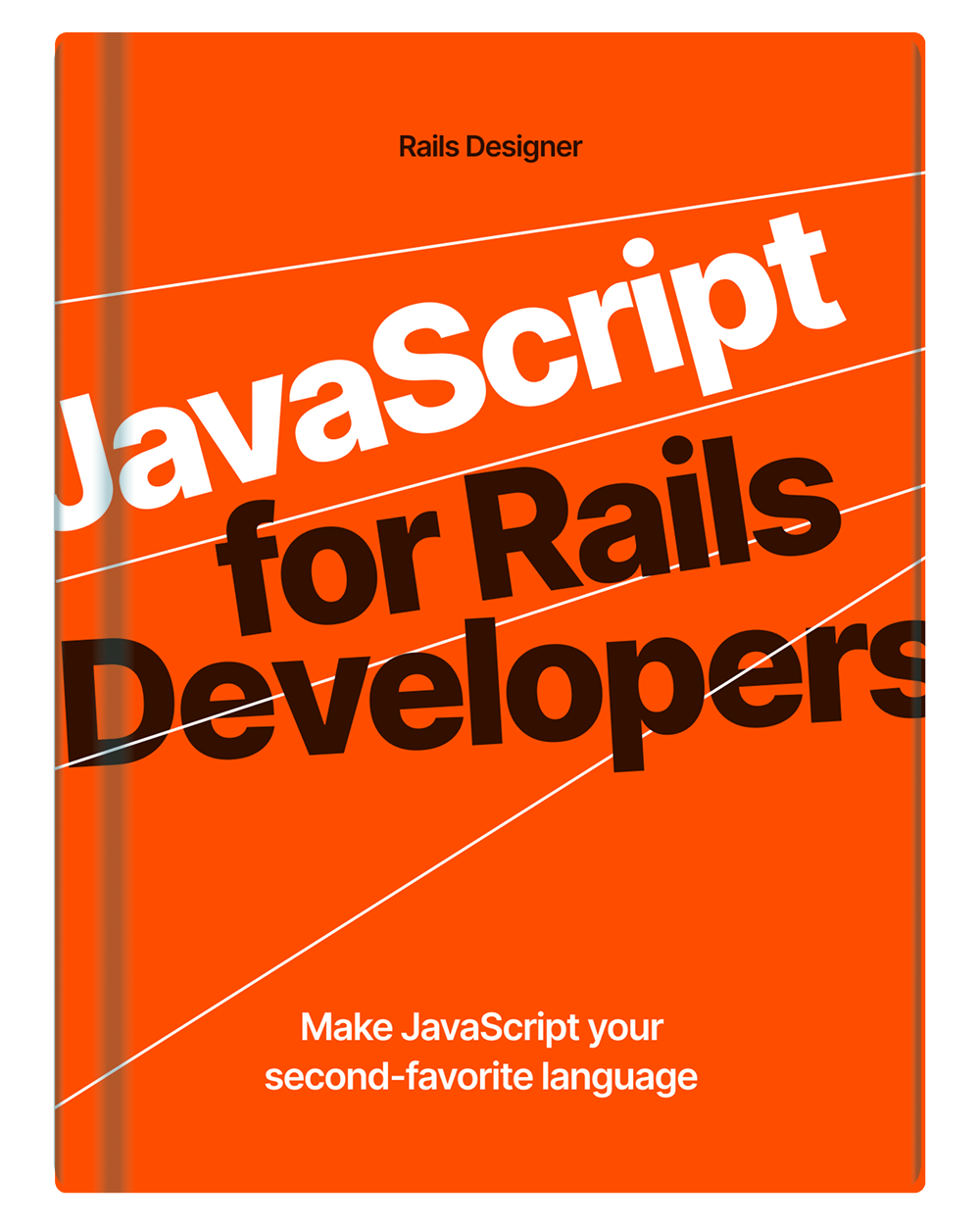ViewComponent, inspired by React, was introduced at RailsConf 2019. It gives better data flow, its easier to test views and cleaner view code.
There were a few other options before (and after) ViewComponent, but with the backing of GitHub, ViewComponent is my tool of choice (heck, it’s Rails Designer’s top choice).
Is it also something you should consider? After all, Rails comes with partials and helpers out-of-the-box. Why add another dependency?
So, first off, the pros and cons of ViewComponent:
Pros:
- improved code organization;
- performance improvements;
- extending and composing.
Cons:
- another dependency;
- over-engineering trap;
- learning curve.
Why not use partials and helpers?
Partials and helpers are first-party citizens in a Rails app. Developers know them and have used them for years. I’d say: use them. I default to partials. And only move to a ViewComponent when I need more advanced wrangling of data. This is where Rails conventions usually dictate to use helpers, or, more fancy: decorators or presenters.
The biggest issue with helpers is that they are global. That name-method you defined in UserHelper is available in all views and partial, not just to a magical user object only. Conventions on naming could help here, but it’s far from ideal.
I do use helpers though! When it’s something I can use throughout my apps I find a place for them. Examples:
component "global_hotkeys", instead ofrender GlobalHotKeysComponent.new;stream_notification "Saved", instead ofturbo_stream.replace "notification" { NotificationComponent.new(message: "Saved") };- or something like a global date/time formatting, eg.
custom_format(user.created_at).
💡 Check out this article if you are interested in moving from Rails’ partials (and helpers) to ViewComponent.
Improved performance
ViewComponent are noticeable faster than partials. This boost is primarily attributed to the pre-compilation of all ViewComponent templates at application startup, as opposed to the runtime (like partials). The improvements are most notable with lots of embedded Ruby.
ViewComponent claim it’s ~10× faster than partials in real-world use-cases. Testing components are quicker too (or maybe testing traditional Rails views are slow!).
It must be said that if you run a small to medium-sized Rails app, this doesn’t really apply to you.
How does ViewComponent work?
Typically components live in app/components and look like this (examples taking from the ViewComponent docs):
class MessageComponent < ViewComponent::Base
erb_template <<-ERB
<h1>Hello, !</h1>
ERB
def initialize(name:)
@name = name
end
end
And are instantiated like so:
<%= render(MessageComponent.new(name: "World"))
A test could then look like this:
require "test_helper"
class MessageComponentTest < ViewComponent::TestCase
def test_render_component
render_inline(ExampleComponent.new(name: "Hello, World!"))
assert_text("Hello, World!")
end
end
More advanced UI components
As ViewComponent are simply just plain Ruby objects, you can extend them or use composition. Making your components more reusable and dry up some code. Other features are: “slots”, ”collections” and “conditional rendering”.
Slots
I’ve come to really use slots often. Once you know when to use them, you see ways to use them all the time (if you checked the components from Rails Designer you know what I mean).
Some examples:
- PageHeadingComponent; with optional page actions (think: “Create” and “View”);
- ModalComponent, optional heading element.
ViewComponent comes with two flavors: renders_one and renders_many. Take a look at the following example:
# blog_component.rb
class BlogComponent < ViewComponent::Base
renders_one :header
renders_many :posts
end
<%# blog_component.html.erb %>
<h1><%= header %></h1>
<% posts.each do |post| %>
<%= post %>
<% end %>
<%= render BlogComponent.new do |component| %>
<% component.with_header do %>
<%= link_to "My blog", root_path %>
<% end %>
<% BlogPost.all.each do |blog_post| %>
<% component.with_post do %>
<%= link_to blog_post.name, blog_post.url %>
<% end %>
<% end %>
<% end %>
This is a very simple example. Take a look at the docs for more details.
Collections
Just like Rails’ partials, ViewComponent supports collections. Take this example:
<%= render(ProductComponent.with_collection(@products)) %>
class ProductComponent < ViewComponent::Base
def initialize(product:)
@product = product
end
end
I tend not to use collections all too much. Imagine the ProductComponent template like this to go with the above component class:
<li>
<%= @product.name %>
</li>
Besides not being valid HTML. I now need to remember to manually wrap the component with <ul>-element. Potentially missing some important CSS classes too. No good. I prefer to instead loop over the collection manually inside the component. Keeping things tidy and contained.
Conditional rendering
This is a feature I often use. Instead of wrapping a partial in a conditional:
<% unless Current.user.subscribed? %>
<%= render partial: "subscribe_form", locals: { user: Current.user} %>
<% end %>
You instantiate the component:
<%= render SubscribeFormComponent.new(user: Current.user) %>
And add the render? method in the component class:
class SubscribeFormComponent < ViewComponent::Base
# …
def render?
!Current.user.subscribed?
end
#…
end
Based on the conditional the component is rendered or not. This clean up the view quite a bit, don’t you think?
These are a few of the upsides to me of using ViewComponent instead of partials. It’s not an all-or-nothing situation, most of my Rails apps still use some partials. But they need to be simple; no extra view logic needed. I otherwise move it to a ViewComponent.


💬 Over to you…
What did you like about this article? Learned something knew? Found something is missing or even broken? 🫣 Let me (and others) know!
Comments are powered by Chirp Form
{{comment}}